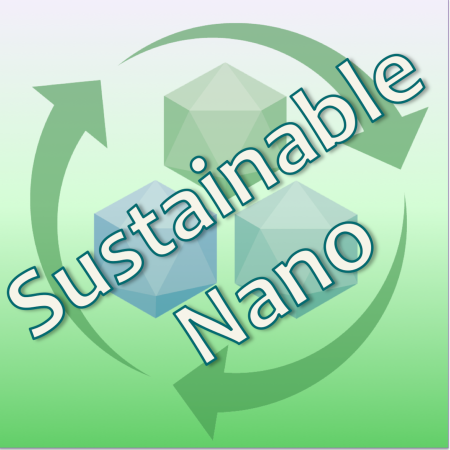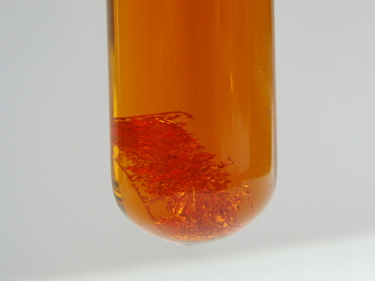
Tag: nobel prize


Ep. 33 It Just Didn’t Feel Like Me: Belonging and Sexism in Science

What is Aqua Regia, and what makes it royal?

Podcast Ep 22. On Thin Films and Nobel Prizes: Margaret Schott Profiles Katharine Burr Blodgett

How to Understand Nobel Science? Food!

Nobel 2014: What makes super-resolution microscopy so super?

Nanotechnology Through History: Carbon-based Nanoparticles from Prehistory to Today
